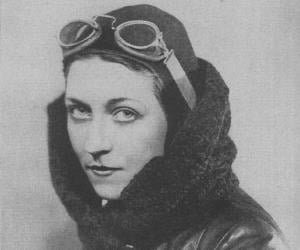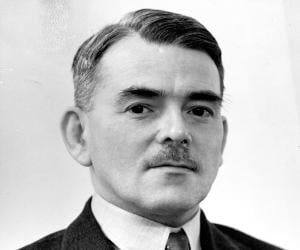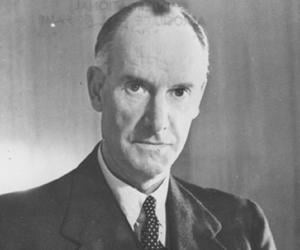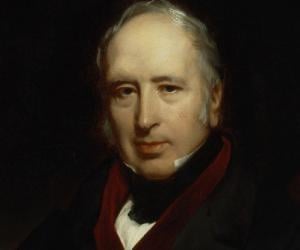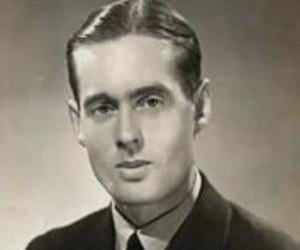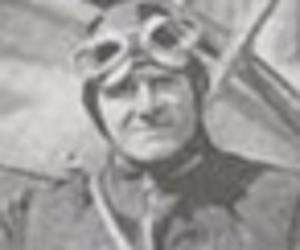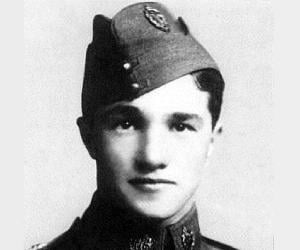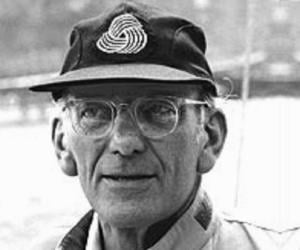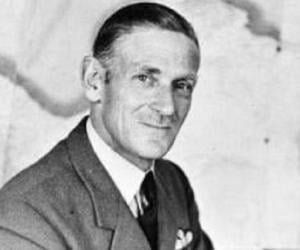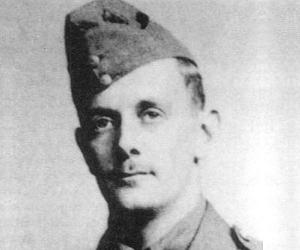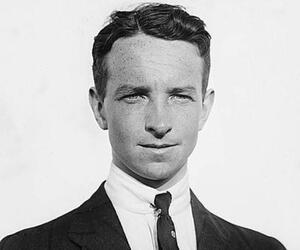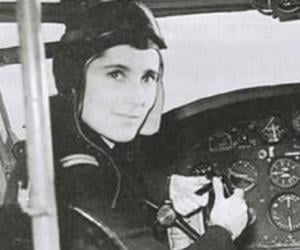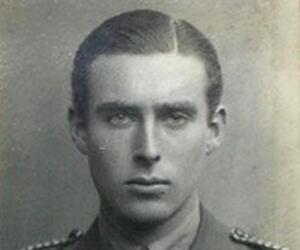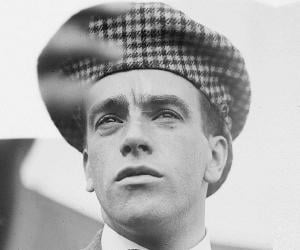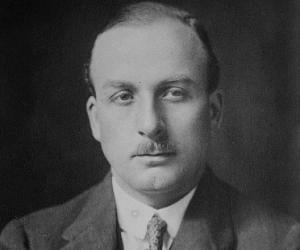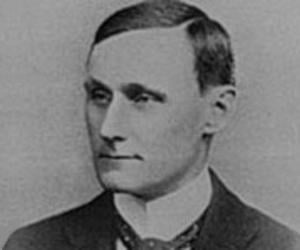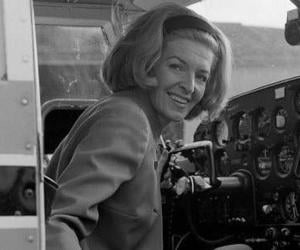1
Amy Johnson
(Aviator)
Birthdate: July 1, 1903
Sun Sign: Cancer
Birthplace: Kingston upon Hull, East Riding of Yorkshire, England
Died: January 5, 1941
Amy Johnson was a pioneering English pilot who achieved numerous milestones in aviation in the 1930s. She was the first woman to fly solo from London to Australia and set multiple long-distance flight records both solo and with her husband. Her remarkable feats inspired the character of Christopher Strong in a film. Johnson's bravery extended to serving in the Air Transport Auxiliary during World War II. Tragically, she disappeared during a ferry flight, and the circumstances surrounding her death remain a topic of speculation.
